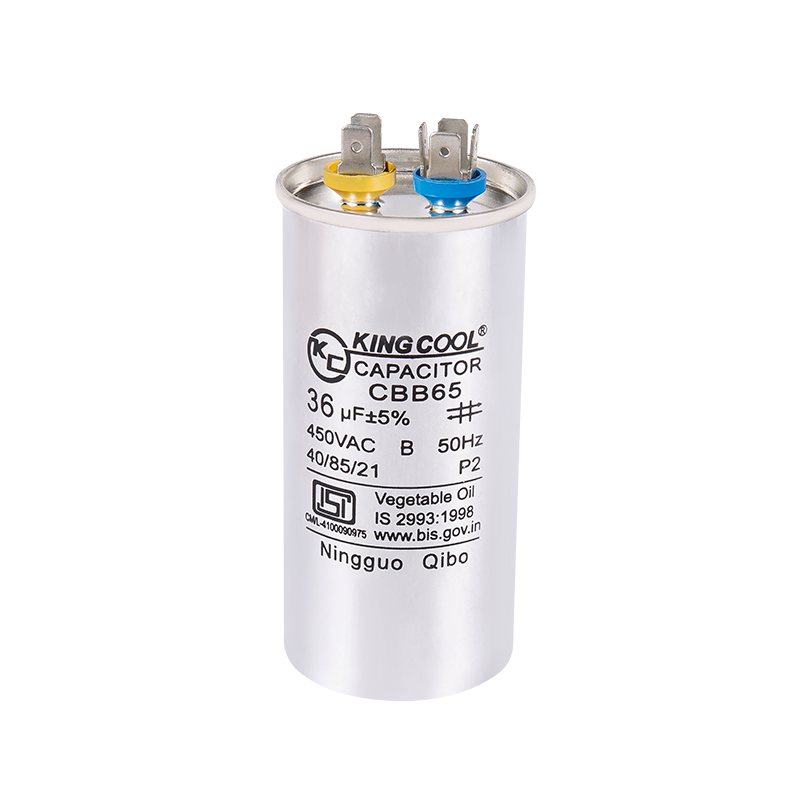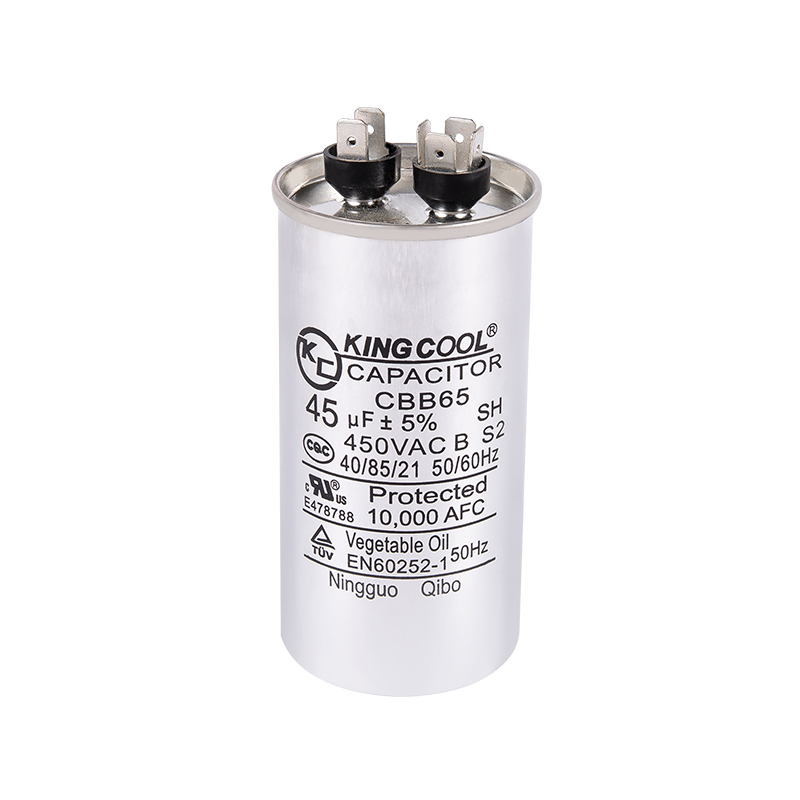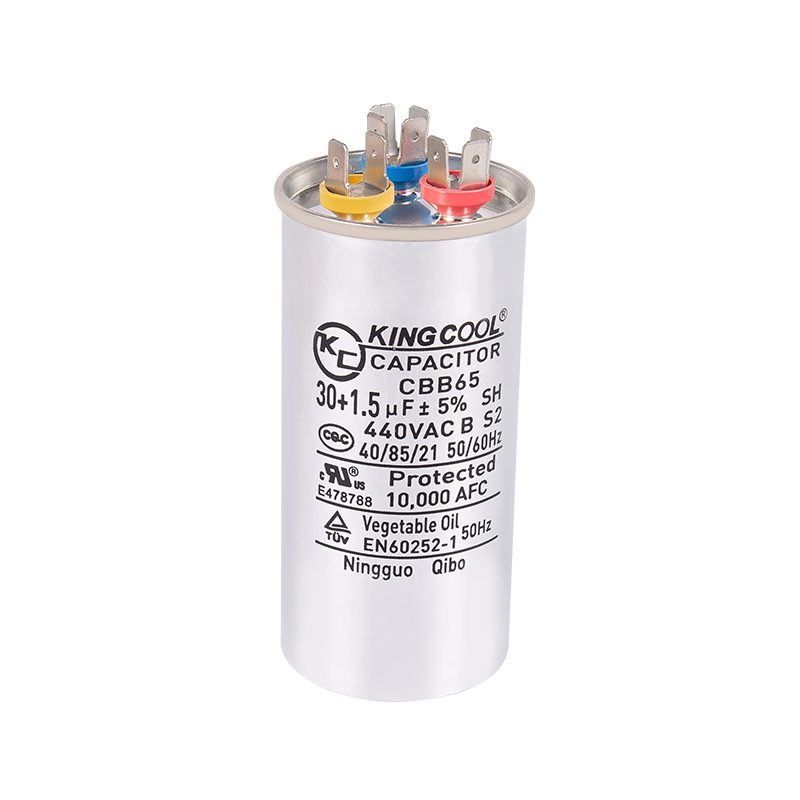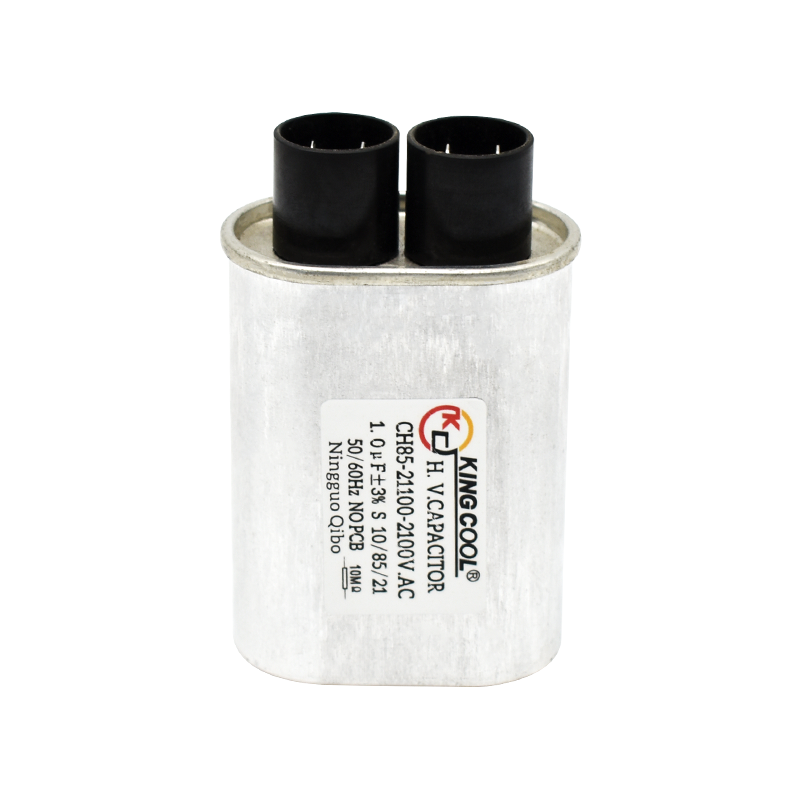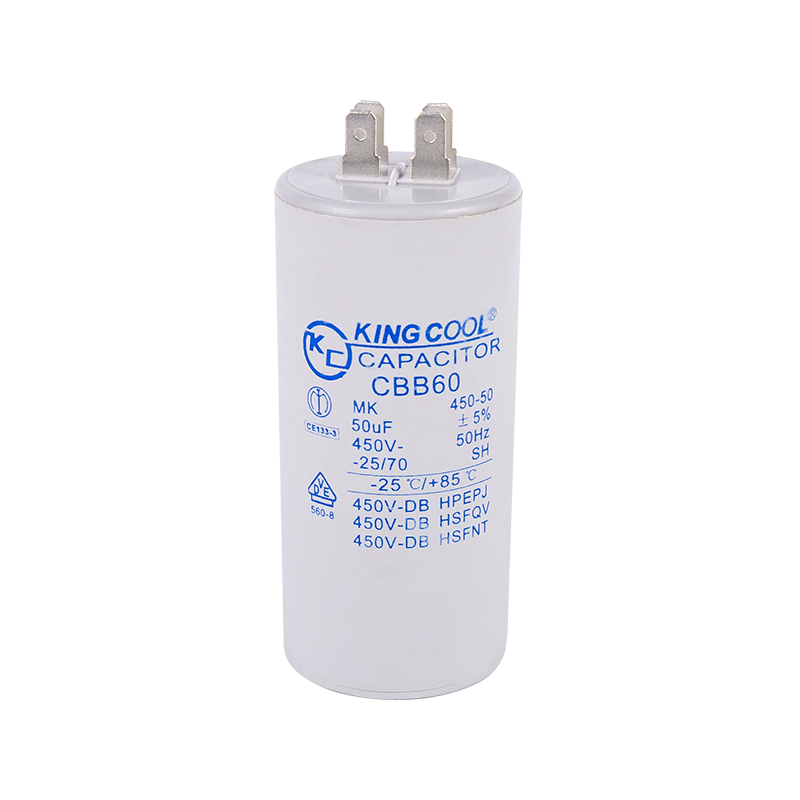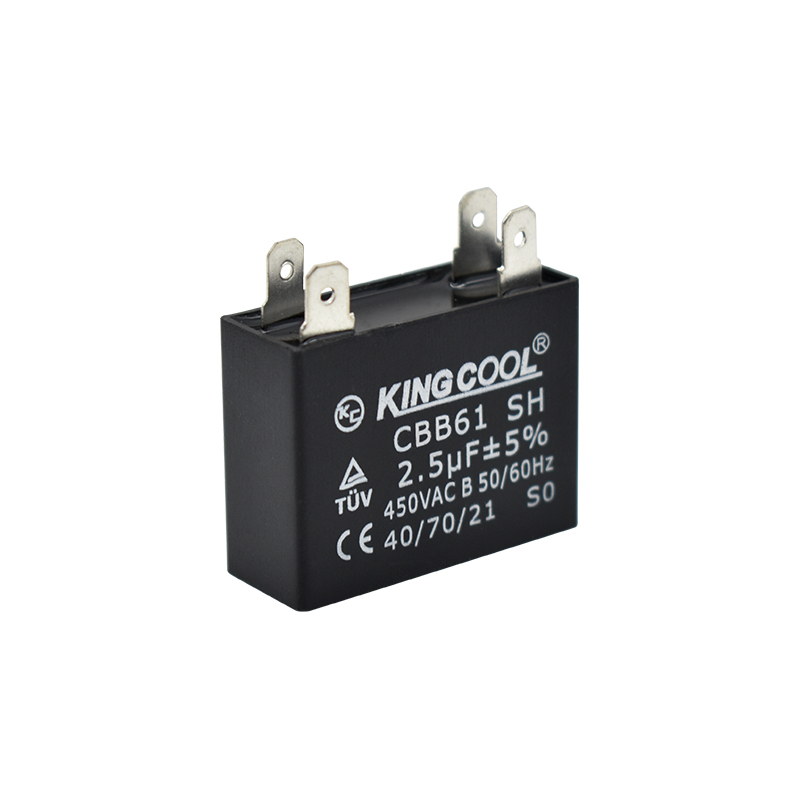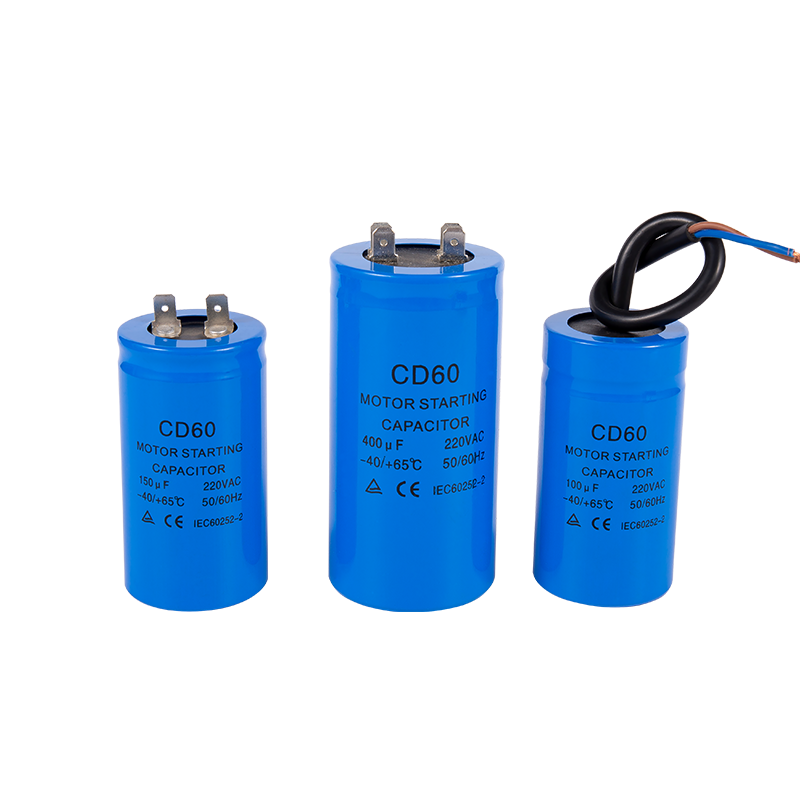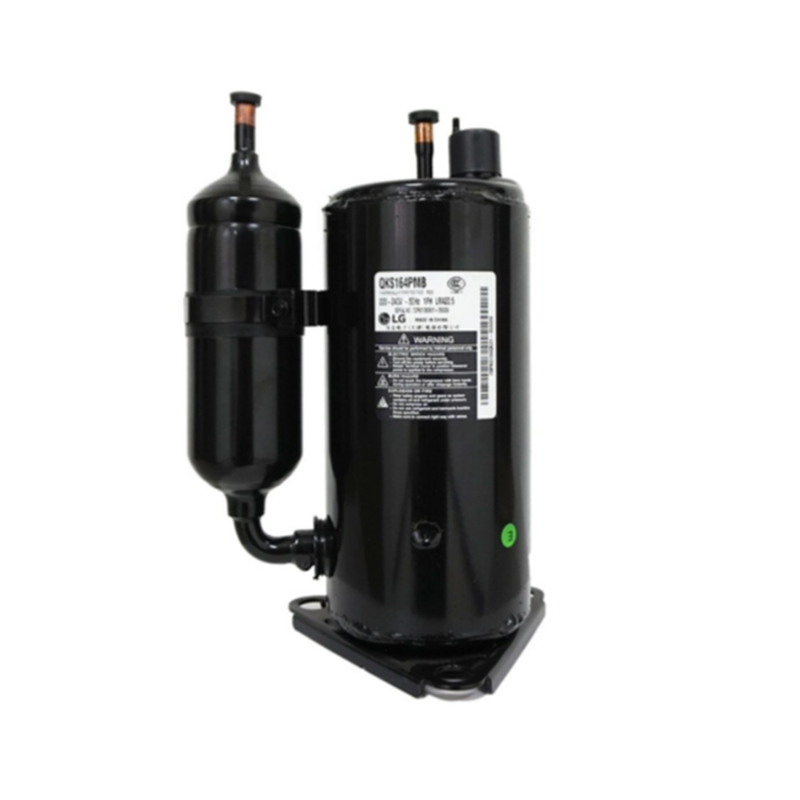- Home
- About Us
- Product
- Capacitor
- Air-Conditioner Parts
- Compressor
- Universal A/C Control System & Remote
- Temperature Controller
- Contactor & Transformer
- Relay & Overload & Delay Timer
- Indoor And Outdoor Air Conditioning Motor
- Defrost Timer
- Thermostat Guard
- Select Switch
- Fan Blade
- Air Conditioner Bracket
- A/C Flow Deflector & A/C Service Bag
- High Pressure Washer
- Charging Valve & Capillary & Wave Tube
- All A/C Brands Sensor
- Insulation tuber
- Refrigerator Parts
- Refrigeration Parts
- Axial Fan
- Microcomputer Temperature Control
- Voltage Protector
- Vacuum Pump & Refrigerant Recovery Unit & Scale
- Brass & Copper Fitting
- Installation Material
- PVC Air Curtain
- Condensate Drain Pump
- Refrigerant
- Copper Tube
- Filter Drier & Oil Separator For Refrigeration System
- Vibration Absorber
- Control Valve & Fitting & Component
- Manifold Gauge
- Thermometer
- Air Curtain
- Condenser Unit
- Condensing Unit
- AC Cooling Fan
- Refrigerant Leak Detector
- Latch & Hinge
- Washing Machine Parts
- Home Appliances Parts
- Instruments&Tools
- Resources
- News
- Contact Us
Web Menu
- Home
- About Us
- Product
- Capacitor
- Air-Conditioner Parts
- Compressor
- Universal A/C Control System & Remote
- Temperature Controller
- Contactor & Transformer
- Relay & Overload & Delay Timer
- Indoor And Outdoor Air Conditioning Motor
- Defrost Timer
- Thermostat Guard
- Select Switch
- Fan Blade
- Air Conditioner Bracket
- A/C Flow Deflector & A/C Service Bag
- High Pressure Washer
- Charging Valve & Capillary & Wave Tube
- All A/C Brands Sensor
- Insulation tuber
- Refrigerator Parts
- Refrigeration Parts
- Axial Fan
- Microcomputer Temperature Control
- Voltage Protector
- Vacuum Pump & Refrigerant Recovery Unit & Scale
- Brass & Copper Fitting
- Installation Material
- PVC Air Curtain
- Condensate Drain Pump
- Refrigerant
- Copper Tube
- Filter Drier & Oil Separator For Refrigeration System
- Vibration Absorber
- Control Valve & Fitting & Component
- Manifold Gauge
- Thermometer
- Air Curtain
- Condenser Unit
- Condensing Unit
- AC Cooling Fan
- Refrigerant Leak Detector
- Latch & Hinge
- Washing Machine Parts
- Home Appliances Parts
- Instruments&Tools
- Resources
- News
- Contact Us
Product Search
Exit Menu

Signs Your AC Capacitor is Failing: Common Symptoms and Solutions
Posted by Admin | 25 Sep
An air conditioner's capacitor is a small but crucial cylindrical component that provides the necessary jolt of electricity to start the motor and keep it running. When it begins to fail, your entire AC system's performance and efficiency are compromised. Recognizing the early warning signs of a failing AC capacitor can save you from a complete system breakdown during the peak of summer. This comprehensive guide will walk you through the common symptoms, diagnostic steps, and solutions, empowering you to address issues proactively and maintain a cool, comfortable home.
Common Symptoms of a Bad AC Capacitor
Identifying a failing capacitor early is key to preventing further damage to your air conditioning unit. The symptoms often manifest in ways that affect the system's operation, acoustics, and physical appearance. Homeowners should be vigilant for these specific signs, as they indicate the capacitor may no longer be holding the necessary charge to perform its job effectively. Ignoring these warnings can lead to more severe and expensive compressor or fan motor failures.
- Air conditioner not starting or humming: The unit may emit a persistent hum but fail to start up, indicating the capacitor cannot provide the needed startup boost.
- Intermittent shutdowns or erratic cycling: The system may turn on and off more frequently than usual or shut down randomly during its cooling cycle.
- Reduced cooling capacity: You might notice that the air blowing from the vents is not as cold as it should be, or the system is struggling to reach the set thermostat temperature.
- Visible physical damage: Upon inspection, the capacitor may appear swollen, bulging, or have a rusty or oily leak from the top. This is a definitive sign of failure.
- Unusual sounds from the condenser unit: Clicking or buzzing noises coming from the outdoor unit often point to a capacitor struggling to engage the motor.
How to Test an AC Capacitor for Failure
Before replacing any components, it's crucial to confirm that the capacitor is indeed the culprit. Testing a capacitor requires some basic technical knowledge and caution, as it stores a powerful electrical charge. This process involves a visual inspection followed by a diagnostic test with a multimeter. Safety is paramount; always ensure the power to the AC unit is completely disconnected at the circuit breaker before attempting any inspection or testing to avoid the risk of severe electrical shock.
- Safety First: Turn off the power to your AC unit at the main electrical panel. This is a non-negotiable first step.
- Visual Inspection: Locate the capacitor (usually a silver or black cylinder in the condenser unit) and check for bulges, leaks, or rust.
- Discharge the Capacitor: Using an insulated screwdriver with a metal shaft, bridge the terminals to safely discharge any remaining electricity.
- Use a Multimeter: Set a multimeter to the capacitance setting. Touch the probes to the corresponding terminals (herm, fan, C) and compare the reading to the microfarad (µF) rating printed on the capacitor's side.
- Interpret the Results: A reading significantly lower or higher than the rated µF indicates a faulty capacitor that needs replacement.
Understanding Multimeter Readings
Interpreting the numbers on your multimeter is the final step in diagnosing a bad capacitor. The microfarad rating is the measure of the capacitor's storage capacity, and any significant deviation from this value signals a problem. A reading that is too low means the capacitor has lost its ability to hold a charge, while a reading that is too high indicates an internal short. Both scenarios render the capacitor ineffective and unsafe for continued use.
| Multimeter Reading vs. Rated µF | Diagnosis |
| Reading within ±6% of rated µF | Capacitor is functioning normally. |
| Reading significantly below rated µF | Capacitor is weak or failing; replacement recommended. |
| Reading is zero or near zero | Capacitor is dead or open; requires immediate replacement. |
| Reading significantly above rated µF | Capacitor is shorted; requires immediate replacement. |
AC Capacitor Replacement Cost and Guide
The cost of replacing an AC capacitor can vary based on the type of capacitor, your geographic location, and whether you hire a professional. On average, homeowners can expect to pay between $120 and $250 for a professional replacement, which includes both parts and labor. While a new capacitor itself is relatively inexpensive ($15 - $50), the expertise of a certified technician ensures the job is done safely and correctly, protecting your larger investment—the entire AC system. For those with technical skill, a DIY replacement is possible but comes with significant risks.
- Cost Breakdown: The service call fee, the cost of the part, and the labor time (typically 1 hour) all factor into the final price.
- Single vs. Dual Run Capacitor: Older units often have separate start and run capacitors, while modern systems use a single dual-run capacitor, which can affect complexity and cost.
- DIY Considerations: If you choose to replace it yourself, you must purchase an exact match in terms of voltage and microfarad (µF) rating.
- Professional Installation Benefits: A certified HVAC technician will guarantee the work, properly dispose of the old capacitor, and often perform a broader system check.
- Warranty Implications: DIY replacement might void your system's manufacturer warranty, so check your terms beforehand.
Step-by-Step Replacement Process
For the experienced DIYer, replacing a capacitor is a straightforward task if all safety protocols are strictly followed. The process involves accessing the electrical compartment, carefully noting the wiring configuration, swapping the old component for the new one, and restoring power. It is critical to take a picture of the wiring before disconnecting anything to ensure the new capacitor is wired exactly the same way. An incorrect connection can instantly damage the new capacitor and other expensive components.
- Turn off all power to the AC unit at the thermostat and the circuit breaker.
- Remove the access panel on the condenser unit to locate the capacitor.
- Take a clear photograph of the wiring terminals for reference.
- Discharge the old capacitor again to ensure no residual charge remains.
- Disconnect the wires, remove the mounting strap, and install the new capacitor.
- Reconnect the wires exactly as they were on the old unit using your photo as a guide.
- Replace the access panel, restore power, and test the system.
How Long Do AC Capacitors Last?
The lifespan of an AC capacitor is a common concern for homeowners looking to anticipate maintenance needs. Typically, a well-made capacitor in a residential AC unit can last between 10 to 20 years. However, its longevity is heavily influenced by external factors that place stress on the component. Extreme heat, frequent power surges, short cycling of the AC unit, and overall usage patterns can significantly shorten this lifespan. Understanding these factors can help you create an environment that promotes the longevity of all your AC's electrical components.
- Operating Environment: Units in extremely hot climates that run constantly face more strain, leading to a shorter capacitor life.
- Power Quality: Homes with frequent voltage spikes or brownouts can cause premature wear on capacitors.
- Maintenance Schedule: Units that receive annual professional maintenance tend to have capacitors that last longer, as issues are caught early.
- Manufacturing Quality: The quality of the capacitor itself plays a role; OEM parts often outlast cheaper aftermarket alternatives.
- Electrical Load: If the motor the capacitor is supporting is struggling due to dirt or wear, it can overwork and damage the capacitor.
Preventing Premature AC Capacitor Failure
While all capacitors will eventually wear out, proactive maintenance can prevent premature failure and extend the service life of this critical component. The goal is to minimize the stressors that cause the capacitor to degrade. Simple actions like scheduling annual tune-ups, ensuring proper airflow around the unit, and installing protective devices can make a substantial difference. A well-maintained AC system not only runs more efficiently but also protects its internal components from excessive wear and tear.
- Schedule Annual HVAC Maintenance: A professional technician can clean the unit, check electrical connections, and test the capacitor's health during a routine visit.
- Install a Hard-Start Kit: This device reduces the strain on the capacitor during compressor startup, which is the most demanding part of its job.
- Use a Surge Protector: A whole-house surge protector or one dedicated to the AC unit can shield its sensitive electronics from voltage spikes.
- Keep the Unit Clean: Regularly clean debris from around the outdoor condenser unit to ensure adequate airflow and prevent overheating.
- Address Issues Promptly: If you notice any symptoms of a weak capacitor or a struggling motor, have it inspected immediately to prevent a cascade of failures.
FAQ
What does an AC capacitor do?
An AC capacitor is an essential electrical component in your air conditioner that stores and releases energy to provide the necessary torque to start the compressor and fan motors. Think of it as a short-term battery that gives a powerful "jump-start" to get the motors spinning. Once the system is running, the run capacitor continues to modulate the electrical current, providing stable power to keep the motors operating efficiently and consistently throughout the cooling cycle.
Can I run my AC with a bad capacitor?
It is strongly advised not to run your AC with a known bad capacitor. A faulty capacitor cannot provide the correct amount of energy to the motors, forcing them to work under extreme stress. This can lead to overheating and eventually cause the compressor—the most expensive part of your AC system—to burn out. Continuing to operate the system in this state turns a relatively inexpensive capacitor repair into a very costly compressor replacement project.
What causes an AC capacitor to go bad?
The primary cause of AC capacitor failure is age and natural wear, as the internal components degrade over time. However, several external factors can accelerate this process. Exposure to excessive heat, which is common in the condenser unit, can cause the dielectric material inside to break down faster. Power surges from the electrical grid, frequent on/off cycling of the unit, and overworking due to a dirty system or failing motor also contribute significantly to a shortened capacitor lifespan.
Is it safe to replace an AC capacitor myself?
Replacing an AC capacitor involves working with high-voltage electricity, which carries a risk of severe electrical shock even after the power is turned off, as the capacitor can hold a charge. Therefore, it is only safe for individuals with advanced electrical knowledge, experience with HVAC systems, and a strict adherence to safety protocols. For most homeowners, hiring a licensed HVAC technician is the safest and most reliable option, as they have the tools and expertise to perform the replacement correctly and safely.
How much does it cost to replace an AC capacitor?
The typical cost for a professional AC capacitor replacement ranges from $120 to $250, which includes the service call, the part itself, and approximately one hour of labor. The final cost can be influenced by your location, the type of capacitor required (e.g., a dual-run capacitor is standard), and the time of year (peak summer prices may be higher). While the part is cheap, the professional service ensures a correct installation and often includes a broader system check, providing valuable peace of mind.
Efficient charging, stable output, capacitor, thefirst choice for electric drive.
- Address: North of Funing Rd., Helixi Economic and Technology Development Zone, Ningguo, Anhui, China
- Phone/WhatsApp: +86-18110862602
- Email: [email protected]
If you have anything to consult, you canfollow us, we will contact you as soon aspossible
Copyright © Ningguo Kingcool Import and Export Co., Ltd All Rights Reserved. Custom HVAC Parts & Accessories Suppliers









